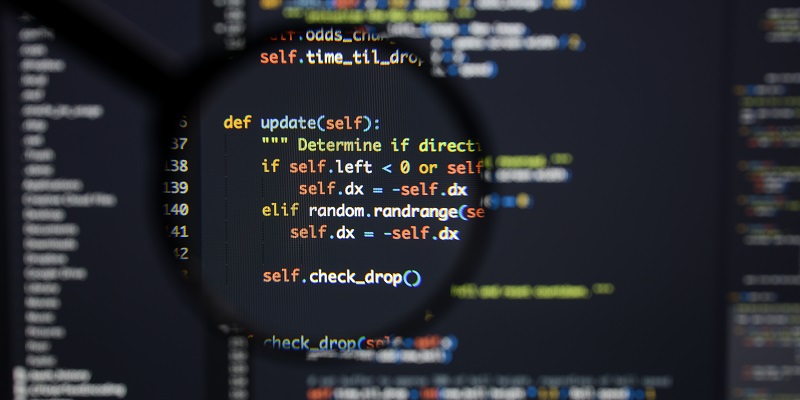Python has become one of the most popular programming languages for data science in recent years, and for good reason. Its comprehensive library support, user-friendly syntax, and fast execution make it a top choice for data and analytics work. In this article, we will explore the top Python libraries for data science in 2021.
What is Python in data science?
Python is a high-level programming language that is widely used in data science and analytics because of its simple and intuitive syntax, along with its extensive library support. It is an ideal language for data manipulation, statistical analysis, and machine learning. Python libraries for data science allow users to efficiently manage, analyze, and visualize data.
The Importance of Python Libraries in Data Science
Python libraries offer pre-built functions and tools for data processing, analysis, and visualization, making it easier and faster to work with large datasets. These libraries can help automate repetitive tasks, speed up development time, and improve overall accuracy in data science projects. With so many libraries to choose from, it can be challenging to decide which ones to use. Hence, it’s essential to understand the most useful libraries available for data science.
Top 10 Python Libraries for Data Science in 2023
1. TensorFlow is a prominent open-source Python machine learning and deep learning library. It provides a versatile and powerful set of tools for building and training machine learning models. Developed by Google, it is widely used for various applications such as image recognition, natural language processing, and many more. TensorFlow relies on data flow graphs to improve the performance of machine learning models.
2. NumPy is a robust Python numerical computing toolkit that includes a collection of tools for working with arrays and matrices. NumPy’s primary data structure is the multidimensional array, which allows for fast processing of large amounts of data. The package also includes functions for linear algebra, Fourier transform, and random number generation, among others.
3. Pandas is a well-known Python data manipulation and analysis toolkit. Pandas’ main data structures are Series and DataFrame, which allow for efficient indexing, filtering, and sorting of large datasets. It is widely used for data cleaning, wrangling, and transformation purposes.
4. Matplotlib is a popular Python package that can create static, animated, and interactive visualizations. It is a versatile library that can create various charts, graphs and maps. Matplotlib is widely used for data visualization and exploration.
5. Keras is a popular library that is widely used for deep learning and neural network modules. It provides a high-level API that simplifies the process of building deep learning models and neural networks. Keras is known for its user-friendly syntax and compatibility with other deep learning frameworks like TensorFlow.
6. Scikit-learn is a well-known Python machine learning package, providing various algorithms for classification, regression, clustering, and dimensionality reduction. It also includes tools for data pre-processing, cross-validation, and model selection.
7. Scrapy is a well-known Python library for data science. It is a powerful web scraping framework that can extract data from websites and web pages. Scrapy can be used for data mining, market research, and content aggregation.
8. NLTK is a natural language processing toolkit for Python, providing tools and resources for processing and analyzing text data. It includes modules for tokenization, stemming, tagging, and parsing, and is widely used for sentiment analysis, language modeling, and machine translation.
9. Seaborn is a data visualization library built on top of Matplotlib. It provides a higher-level interface for creating statistical graphics in Python, including tools for visualizing distributions, regression models, and categorical plots.
10. PyTorch is a popular Python library for deep learning. It provides a dynamic computational graph that allows for efficient training of neural networks. PyTorch is known for its ease of use, flexibility, and compatibility with C++.
Conclusion
Python is undoubtedly going to be an essential language for data science in the future. The vast array of libraries available in Python makes it a top choice for data manipulation, analysis, and visualization. The libraries mentioned above are just the tip of the iceberg when it comes to the wealth of tools available for Python. However, these libraries remain essential for any data scientist’s toolbox, providing the foundation for efficient and effective data science workflows.

